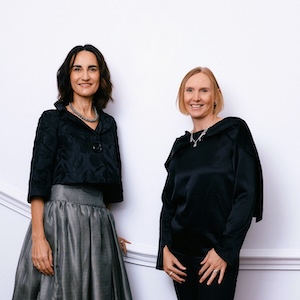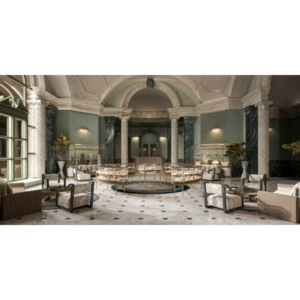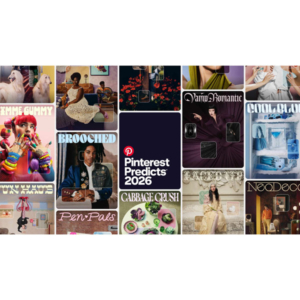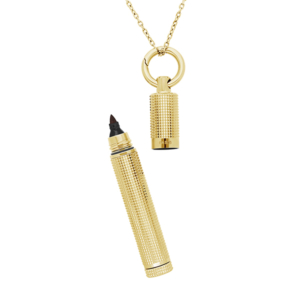
In the 40 years that Oliver Smith (pictured), founder and creative director of Oliver Smith Jeweler, in Scottsdale, Ariz., has been in the retail jewelry business, he’s never seen anything like the current hoopla over men’s jewelry.
“Oh my gosh, isn’t it crazy? Men are very comfortable wearing bigger pieces. It does not intimidate their masculinity at all,” he told JCK on a recent phone call.
Below, Smith talks about why it’s a salesperson’s job to show men to the “ladies’ cases,” why he chose to work with Parmigiani Fleurier on two bespoke models to honor his company’s 40th anniversary, and why today’s men’s jewelry revival is nothing like the 1980s. The interview has been edited and condensed.
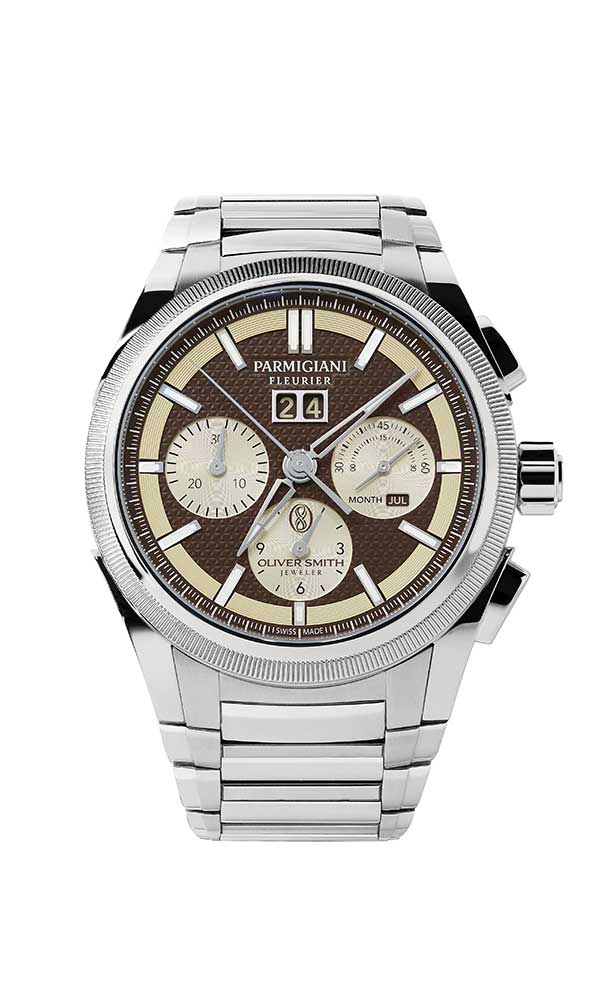
Have you noticed the uptick in interest in men’s jewelry?
You’re finally seeing guys wear serious jewelry. I watched the baseball players do it for about 10 years. I didn’t get the correlation with the rest of the world and sports, but when I saw LeBron James sitting on the sidelines at the NBA finals and he was wearing five diamond necklaces, I was convinced it had gone mainstream.
Really, just this year, clients—guys—started asking me for big fancy necklaces. Not necessarily all Cuban links. But more interesting things, like pendants. I think it’s here. We are pushing hard into getting more glamour necklaces for men—diamond link necklaces and even the tennis necklaces. I’m not seeing as much in the ring world. But I think guys will start wearing tennis bracelets with their watches.
Who is the male jewelry customer?
It’s kind of the 50-and-below age bracket. There aren’t too many older guys doing it. Some guys are spending a lot of money on fashion and maybe don’t have a lot of money themselves and others may have a lot of money and put a little bit into fashion. It’s all over the place.
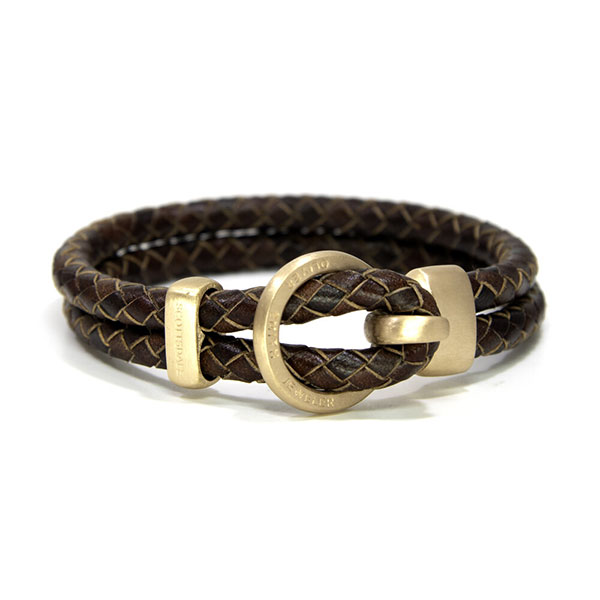
And how about the baseball player for the Braves wearing a pearl necklace? Guys wearing black pearls with leather was pretty cool, but a white strand of pearls like grandmother wore? That’s really different. But it speaks to whole new thing, let your freak flag fly. Maybe they were his grandmother’s!
Are we at a place where it no longer makes sense to define jewels as either men’s or women’s?
I think we are. I think it’s the salesman’s job to pull the piece out wherever it’s parked. Like a black diamond beaded necklace like the baseball players were wearing five years ago. You could pull that out and give it to a lady to buy for a guy who wants a cool outfit for a Friday night. It might be in your ladies’ area. It’s the job of the salesman to pull it out and not to presume at all.
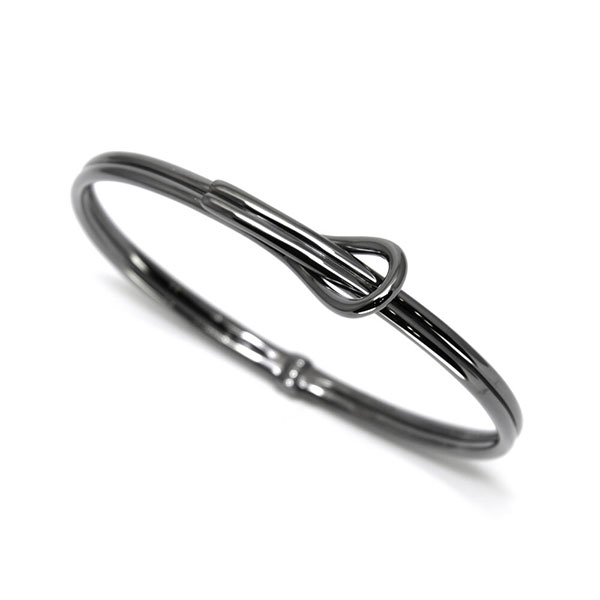
I do think there are going to be a lot of crossover pieces. I’m not sure yet of the demographics of big diamond rings. But I sold one the other day to a gentleman, and I was like, wow, he’s a big guy, he could pull it off, good for you, enjoy it. Through history there have been times when men would adorn themselves with way more jewelry.
Does this feel like a 1980s redux to you?
I think this is very different than anything I’ve seen before. There was a group in the ’80s, the New Jersey crowd, that wore gold chains, zodiac signs, I guess I understood that. But I didn’t see guys wearing big diamond pieces as I do now. Really powerful diamond pieces.
We’re going to try it upstairs in our Aspen boutique to see what that does. And we’re opening a new boutique in Fashion Square in Scottsdale, and we’re going to try it there. And we’re going to try throwing some men’s diamond things in with the watch inventory so they can see it and ask about it. Usually, it’s in two different parts of the store. But you have to bring it in.
That’s a good idea, since watches have long been considered the quintessential men’s jewelry.
Yeah. Probably people in LA and New York have been doing it for a few years now, but we all go at our own pace. This is all about having fun. Remember when people talked last year about when we came out of this, would it be like the Great Gatsby era? Maybe that’s part of that prediction—people just wanting to have fun. “I want to wear my mom’s pearls. I’m tired of doom and gloom, so I’m going to buy five diamond necklaces and wear them all.”
What are some specific trends you’re seeing among men?
A heavy Cuban link is still the most popular for men, even without diamonds. I still think it’s kind of clean and simple on the necklaces, not too crazy. But definitely more showy. You’ll see different variations of the link necklace that will continue to evolve in the men’s world. It’s easy for them to wear and to maintain.
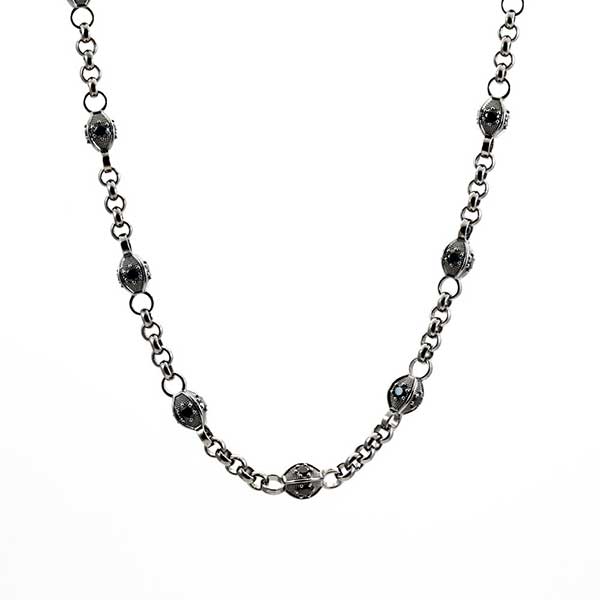
It seems like some diamond rope chains are coming back, maybe a style reminiscent of the ’70s or ’80s. We have to rely on the Italians to get their [bleep!] in gear to help us service that client because they’re so good at that. The only thing slowing us down is gold is still over $1,700 an ounce. Before you put diamonds on these chains, you’re already at $10,000.
We had you on JCK’s Jewelry District podcast last year, and you talked about your booming secondhand watch business. How’s it going this year?
It’s our biggest account, the secondary market. Bigger than any brand we carry, and much more powerful. We know we made the right move and will continue to do it. You want to place these watches with your clients so when they get tired, they sell them back to you and you can sell them to somebody else.
It’s kind of like the car business. You can work on a smaller margin in the secondary market because you get a greater turn and you don’t have to buy if you don’t want to. If you just want to buy the [Blancpain] Fifty Fathoms, you just buy the Fifty Fathoms. You’re able to floor exactly what your clients want. It’s liberating. It also takes a talent to be able to sell something that costs three times what it costs at retail. A Rolex Daytona in steel costs $13,000, and we’re selling it for $37,000 now. It takes some salesmanship to convince your client.
Tell us about the limited-edition watches you just did with Parmigiani.
We were planning on doing something for our 40th anniversary. I really wanted to try and make my own watch. I was designing the case, designing the bracelet, and then COVID hit and there was no way to travel to Switzerland to get your case from that guy, your bracelet from this guy. No way to get it done. And [my daughter] Elizabeth was saying, “You’ve got to do something to make this event special.”
We started with the jewelry lines, and then went to our watch brands, interviewed all them to see who’d be most open to doing an Oliver Smith watch. In the watch business, they call it a “four liner”—it has their name and then your name, and that’s kind of rare to have your name on the dial.
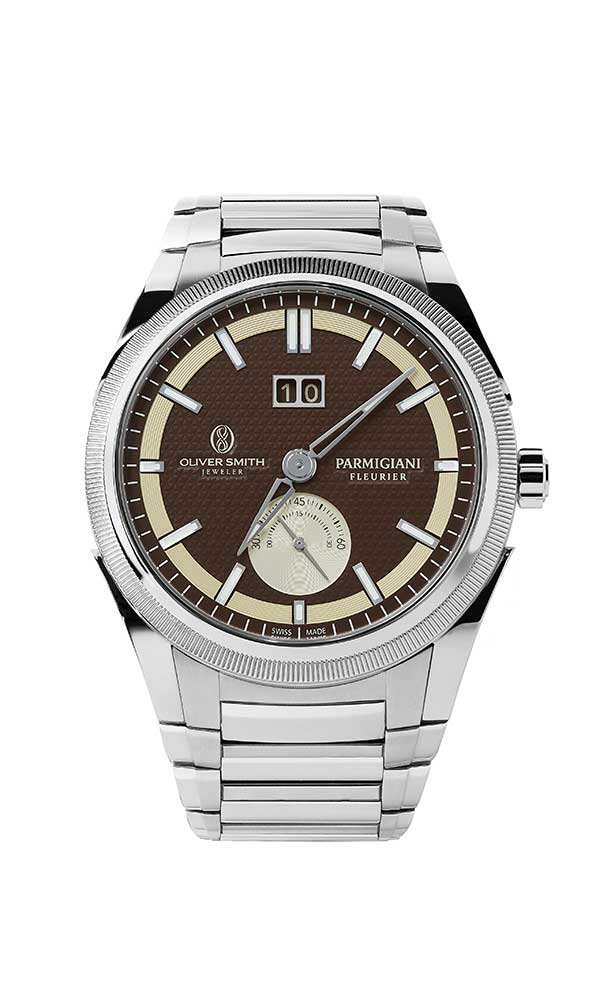
Parmigiani was really open to allowing us to incorporate our store colors on the dial, and I’ve always been a fan of the chronometer. So when they suggested we do a chronometer, I was really excited. And an annual calendar with a panda dial, brown and tan. Michel Parmigiani has a real knack for balance in his designs. And his bracelet—anybody in the watch world should take a look at the bracelet he’s made for this Tonda. Bracelets are really hard to make. It takes a lot of talent. I have about 30 watches but have only been wearing this watch, which is really fun for me.
- Subscribe to the JCK News Daily
- Subscribe to the JCK Special Report
- Follow JCK on Instagram: @jckmagazine
- Follow JCK on X: @jckmagazine
- Follow JCK on Facebook: @jckmagazine

